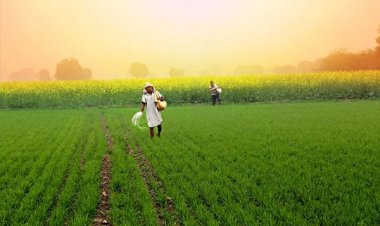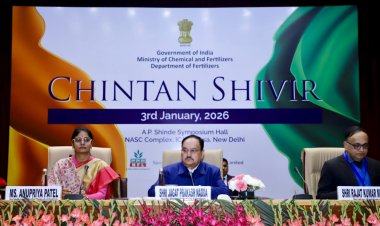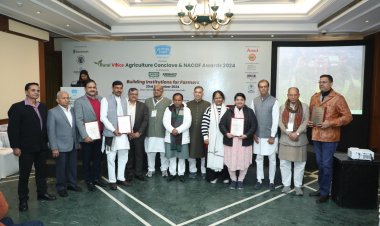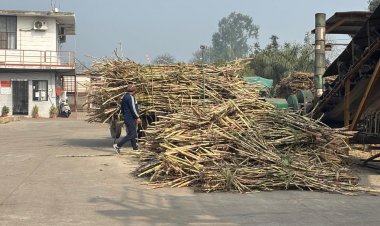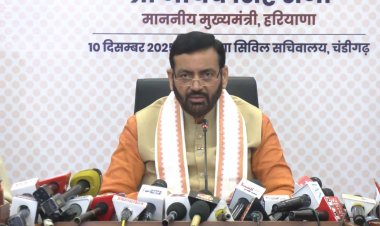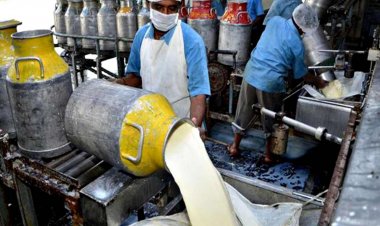Kharif output may drop as crops face double whammy - floods as well as drought
After heavy rains lashed Himachal Pradesh, eight districts of Punjab have once again come under the grip of floods due to release of water from Bhakra and Pong dams. Water will continue to be released from both the dams for the next four days. In such a situation, there is a possibility of floods again in some districts of Haryana and Uttar Pradesh. Apart from this, the effect of rains in Uttarakhand can also be seen in some parts of Western Uttar Pradesh.
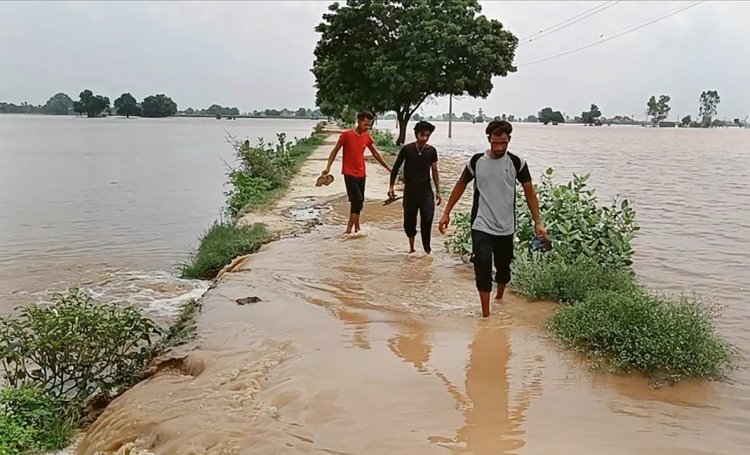
After heavy rains lashed Himachal Pradesh, eight districts of Punjab have once again come under the grip of floods due to release of water from Bhakra and Pong dams. Water will continue to be released from both the dams for the next four days. In such a situation, there is a possibility of floods again in some districts of Haryana and Uttar Pradesh. Apart from this, the effect of rains in Uttarakhand can also be seen in some parts of Western Uttar Pradesh.
On the other hand, Bihar, Jharkhand, Gangetic Bengal, Assam, Odisha, Chhattisgarh, Madhya Maharashtra, Marathwada, Vidarbha, Karnataka and Kerala besides central and eastern Uttar Pradesh have received below normal rainfall. Due to floods on the one hand and drought on the other, there is an increased possibility of a drop in the production of Kharif crops, especially paddy, the main crop of Kharif.
According to the India Meteorological Department (IMD) data till August 16, the entire country has received 6 per cent less rainfall than normal. East and northeast India received 19 per cent less rainfall than normal and south peninsular India received 12 per cent less rainfall. Kerala (-44%), Jharkhand (-38%), Bihar (-31%), eastern Uttar Pradesh (-33%) and Gangetic West Bengal (-29%) are the most rain-deficient areas. Except Kerala, there are other areas elsewhere where paddy cultivation is mainly done in Kharif season.
In addition, the paddy-growing areas of Assam and Meghalaya and Chhattisgarh have received 16 per cent less rainfall than normal, 10 per cent in Odisha and 9 per cent in western Madhya Pradesh. South Karnataka has recorded 23 per cent less rainfall than normal, Coastal Karnataka 12 per cent and Rayalaseema region 26 per cent less rains. Nagaland, Manipur, Mizoram and Tripura have recorded 25 per cent less rainfall and Arunachal Pradesh has recorded 10 per cent less rainfall than normal.
Dr. JS Samra, former chairman of the National Rainfed Development Authority and former deputy director general of Natural Resource Management (NRM) of the Indian Council of Agricultural Research (ICAR), told Rural Voice that kharif crops have suffered a lot in Punjab due to two bouts of floods affecting the state twice within a month. Due to release of water from Bhakra and Pong dams, paddy crop has been destroyed due to flood in eight districts of Punjab namely Jalandhar, Kapurthala, Gurdaspur, Hoshiarpur, Ferozepur, Rupnagar, Amritsar and Tarn Taran. Last month too, due to heavy rains, there was flood in Punjab and Haryana due to which the paddy crop was ruined. Then most of the paddy which was sown a few days before the rain was wasted. After that the farmers sowed it again, now that too has once again come under the grip of floods.
He said that water would continue to be released from both the dams for the next few days due to which flood like situation may arise again in some districts of Haryana and western Uttar Pradesh. The share of paddy produced in Punjab, Haryana and western Uttar Pradesh is about 50 per cent in the central pool. Paddy production in these areas is likely to be affected by 25-30 per cent due to floods.
According to Dr. Samra, an impact on production cannot be ruled out even in areas experiencing deficient monsoon rains, especially in areas where irrigation facilities are not good and agriculture is rain-dependent. There will definitely be a decrease in the production of paddy and other Kharif crops. However, Rajasthan and Gujarat have received above normal rainfall which has benefited the farmers, who can hope for a better Kharif harvest this year.



 Join the RuralVoice whatsapp group
Join the RuralVoice whatsapp group


















